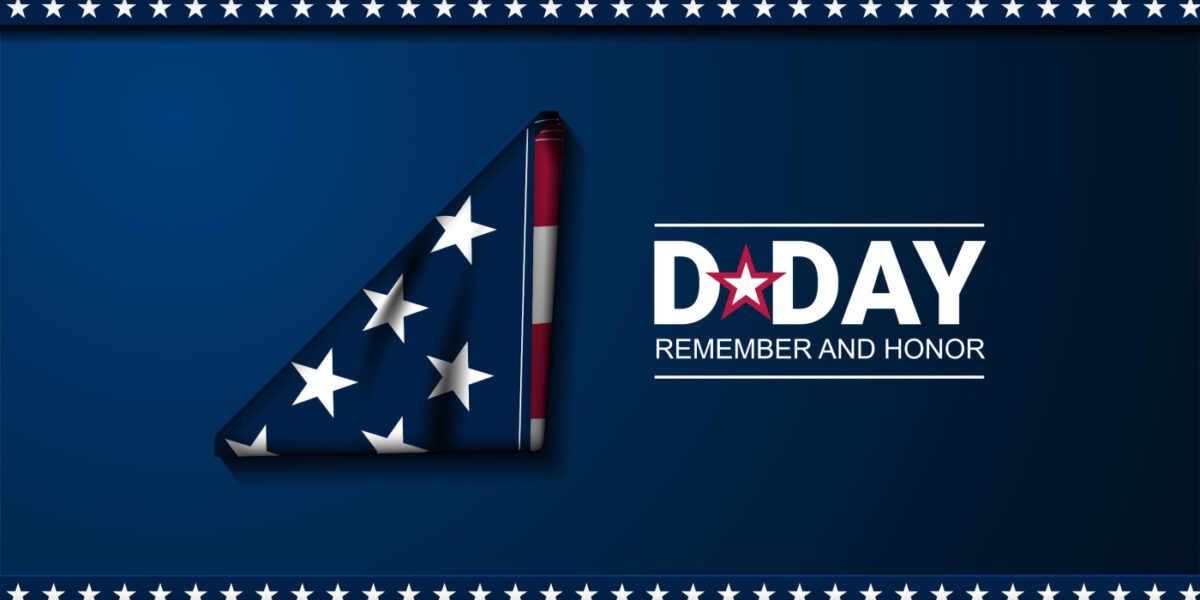While Wes is on vacation this week, Anne Hale, our Director of Client Services, is stepping in for this week’s post …
As a Minnesota kid who grew up surrounded by lakes, it’s a little odd that I never learned how to water ski. However, over the last couple of years, I’ve been pushing myself to try new things. Maybe it’s a mid-life crisis – who knows – but this little challenge has gotten me in multiple 5Ks, on a trapeze, in an aerial arts class, and (as of last weekend) on water skis.
What I lacked in grace I made up for in entertainment for the occupants of the boat. Suffice it to say, I won’t be joining any water shows anytime soon.
After I got the skis on (finally), had the rope in hand, and was telling myself that I can do this, I heard the call from the boat – are you ready? My first thought was “I have no idea what I’m doing – so I have no idea if I’m ready”. But what I responded was “I’m ready”.
In less than a minute, I proved that I wasn’t quite “ready”. I stayed tucked for a brief moment, then as I pushed up, I moved forward, popped out of my skis, and did a pretty good impression of Superman in flight. Then I remembered to let go of the rope. Not graceful – but pretty funny.
As a Project Manager, I think about readiness a lot. Pretty much all the time, actually. Is my team ready? Is the client ready? Are the sub-contractors ready?
Then the next set of questions can quickly follow: “if they’re not ready, why not? when will they be ready? what does this impact? what are the risks? and so forth.
Let’s just say that at any given point if the answer to the question “are you ready?” is an honest “no”, then the consequences of moving forward will be bigger than a less than graceful face-plant at the Lake of the Ozarks.
Communication is the most important part of project management. In my opinion, gauging readiness is a pretty close second. If at any point, readiness isn’t established before moving forward, the consequences can have enormous impacts on the calendar, budget, and the ongoing effectiveness of the solution.
And, like me in the skis, the client may never have gone through a solution implementation before and maybe thinking “I have no idea if I’m ready”. So it’s my job to help get them to the point where they can confidently answer “yes, I’m ready”.
So what do I look for to establish readiness? Well, it depends on where you’re at in the process – but here are a few examples:
Before You Start
Just because you have a need and some funding doesn’t mean you’re ready to undertake a project. What I look for before a project even begins is whether the client has time and resources. Many will say that if there is a need, they will “make the time”. Consider that a red flag. If you have to rush a project to meet a date, or if you have to leverage client staff that can only offer you small fractions of their schedule – then you are setting yourself up to fail. A client isn’t ready until they have the time and the staff availability to do it right.
Underway
Like many projects, the solutions that we implement are usually part of a larger initiative that has many moving parts. For example, our Assets Solutions rely on an ERP being in place. Our Warehousing Solutions generally have an ERP, a shipping solution, sometimes an order management solution that surrounds them. So as we’re working through our solution development, we keep a very close eye on any efforts surrounding those systems. If there are projects underway with any of them, and they aren’t ready when we need them to be – our whole solution implementation can be derailed.
Go/No-Go for Launch
The solution (and all of the systems around it) can be perfected – but if the client team themselves isn’t ready, you’re in trouble. Client team readiness looks at the obvious – are they trained on the new system? And it looks less obvious – do they understand how the new system fits into their jobs? Do they understand what to do if there is an issue with the system, if the power goes out, or if one of the surrounding systems goes down? Is the environment ready? What levels of testing were conducted? These are just some examples. Like a Houston lift-off, there are a number of things that get checked before a client is given the “go for launch” approval. And, like Houston, if any one of them is a fail, then the client shouldn’t launch.
There are always going to be unforeseen issues, changes, and challenges in any project. And readiness can’t always be definitively established. But, as project managers, we need to communicate, coach, and monitor readiness if we want to have a prayer of success with our projects.
Guessing at readiness didn’t work well for me with water skis – and, in my experience, it doesn’t work well in projects.




